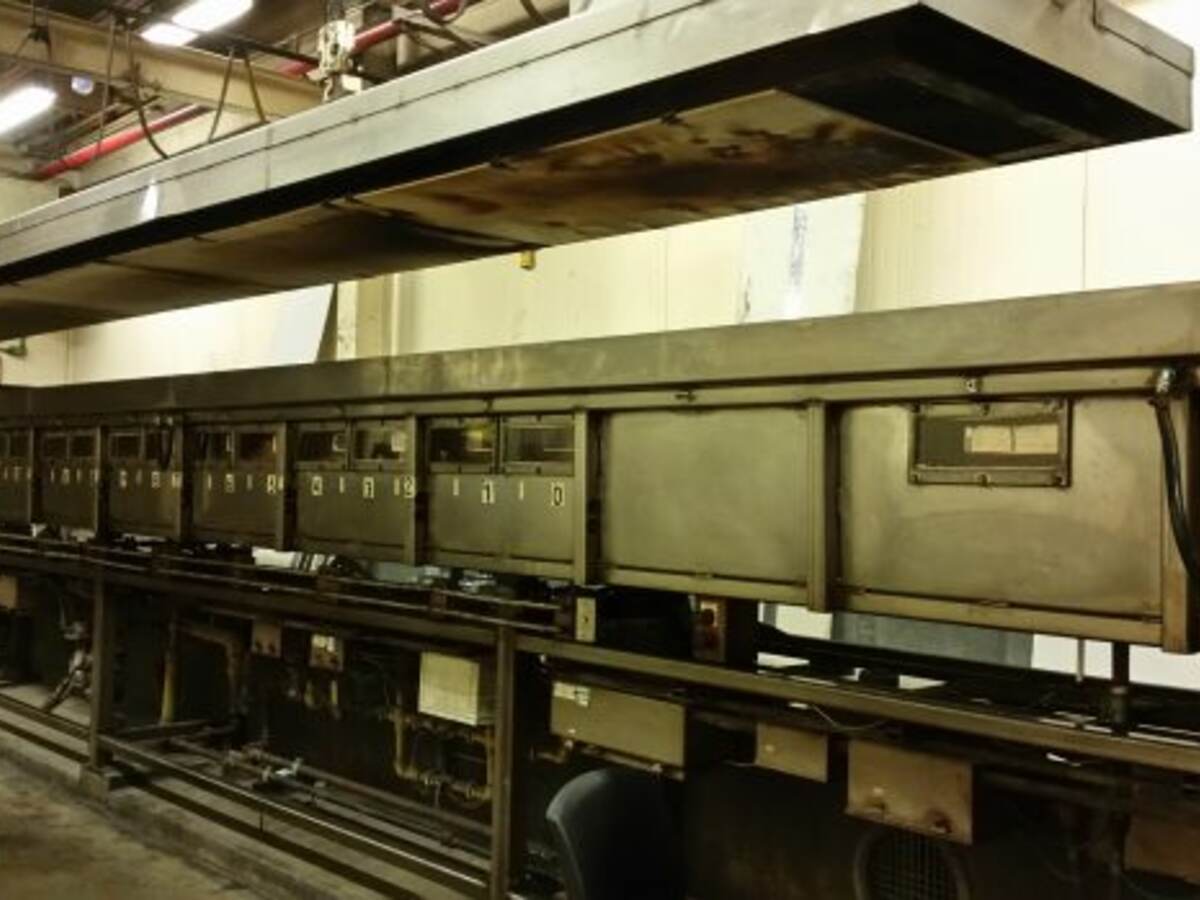September 28, 2016
.img-wrap p {margin:0}
.img-wrap img {border:1px solid #261C0D;}
.caption-wrap p {margin:0; padding:12px; background:#261C0D;color:#fff;}
.caption-wrap a {color:#F5F0D0;text-decoration:underline;}
.caption-wrap {margin-bottom:35px;position:relative;top:-2px;}

Invented in 1922 by UL Engineer Albert J. Steiner, the Steiner Tunnel Furnace is used to determine the spread rate of a flame over material surfaces that include different types building materials, wires and cables.

The Steiner Tunnel is a 24-foot long by 18-inch wide enclosed rectangular tunnel.

Each test starts by lighting a four-foot controlled flame that is applied to the material being tested.

A 25 foot-long metal lid is placed on top of the product to contain the fire.

UL engineers record the flame’s speed as it moves across the material’s surface by looking through small windows that go across the tunnel’s side.
The Steiner Tunnel tests materials to check if they meet industry standards and help manufacturers understand how their product will react if a fire starts. Learn more about the UL Steiner Tunnel.

